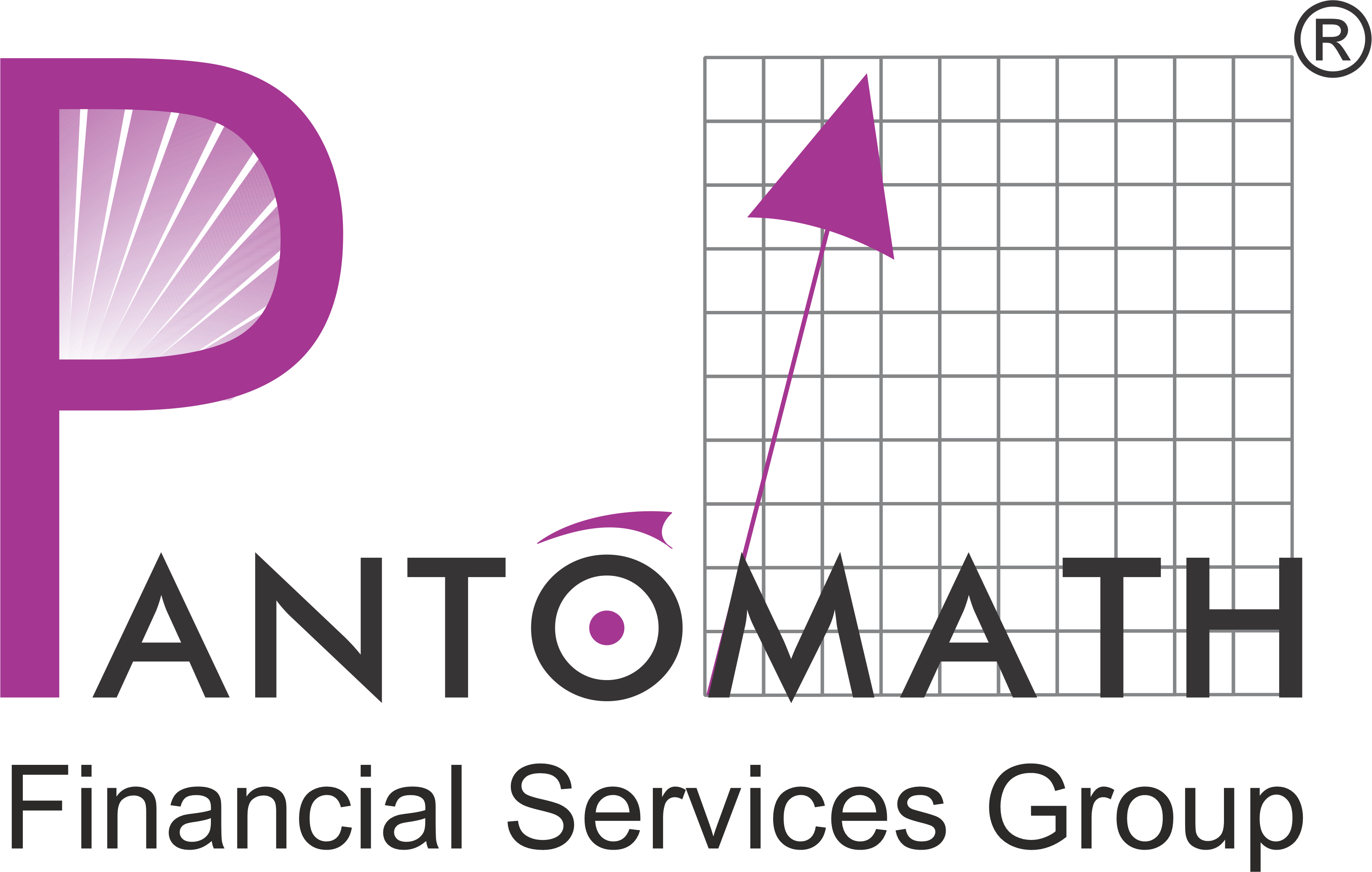Market may see stock specific volatility due to beginning of Q1FY25 Earning season

FinTech BizNews Service
Mumbai, July 20, 2024: The Indian IPO market has witnessed remarkable growth in recent times.
Primary Market Update
This thriving activity is characterised by a substantial increase in the number of companies seeking to list their shares on the stock exchange, alongside a corresponding rise in capital raised. This trend signifies a period of robustness and dynamism within the Indian financial landscape. The recently concluded elections are expected to boost the second half of CY25 market activity, says a research report of Pantomath Capital Advisors Private Limited, a leading mid-market investment bank.
Improved market sentiment and a potentially stable economic environment encourage companies to launch their public offerings. Additionally, the success of several listings in the first half of CY25 could further drive momentum. While specifics are pending, promising sectors for potential IPOs in the second half of CY25 include consumer staples and discretionary, healthcare, and technology.
Sanstar plant-based speciality products and ingredient Solutions Company & SAR Televenture FPO are open for subscription.
Indian Market update:
The Indian market remained slow but steady on upside so far for the week. It made a life time high of 24676.95 levels on Nifty. Market may see stock specific volatility due to beginning of Q1FY25 Earning season. On economic data front, The CPI in India rose to 5.08% in June from 4.87% in May, primarily driven by food inflation, higher fuel costs and seasonal factors impacting perishable goods. India's IIP grew by 5.9% in May, due to improved manufacturing activity, rising demand for consumer goods indicating resilience in economy. The WPI rose to a 16-month high of 3.36% in June, driven by increased prices of vegetables and compounded by a low base effect from the previous year. India's trade deficit narrowed to $20.98 billion in June from $23.48 BN in May. India’s import stood at $56.18 BN while export at $35.2 BN for the month of June. India's foreign exchange reserves reached a record high of $657.2 billion on July 5th, 2024.
The IMF and ADB have upgraded India's GDP growth forecast for FY25 to 7%, highlighting improved prospects in private consumption and strong industrial performance, with cautious notes on inflation and external risks. In June, India's automotive sector saw moderate growth with passenger vehicle sales increasing by 3% to 337,757 units, last month, from 327,788 units a year earlier driven mainly by utility vehicles. Despite challenges such as high base effects and lower-than-expected sales of electric vehicles, industry outlook remains positive due to anticipated normal monsoons and a promising upcoming festive season, suggesting continued recovery and potential for growth in the automotive market.
India's agrochemical sector seeks higher import tariffs to counter Chinese dumping, citing concerns over predatory pricing and trade deficits, while urging for regulatory reforms and investment incentives to boost domestic manufacturing capacity. Earnings of Indian cement producers could be muted in the June quarter, traditionally a dry period coinciding with building activity, with competition denting the pricing power of incumbents in several pockets of the highly regionalised industry. An extreme heatwave in several regions, the unavailability of labour, and slower construction activity amid the General Elections weighed on demand. Analysts expect volumes in the quarter to have grown in mid-single digits year-on-year, as compared to a double-digit growth in the previous quarter. The volume growth for cement companies has moderated after eight consecutive quarters of robust growth, while prices have been trending lower for several months now.
FMCG Companies such as ITC, Dabur, Marico, Britannia, Parle Products, Emami and Hindustan Unilever are launching low-unit packs and stepping up distribution to and stocking of kirana stores in the hinterland as they shift attention back to rural India. The companies are also investing in “consumer activation” efforts to increase engagement with rural buyers. Apart from the expectations of an above-normal monsoon that could bolster farm incomes, companies are expecting policy measures in the budget to strengthen the revival of demand in rural India. This is in sharp contrast to the last two years, when FMCG Companies had been focused mainly on premiumisation. The Union Budget will be going to announced on 23rd July, will be key to watch out for next week.
Global Market Update:
The US market remained mix for the week. All these indices are trading at all time high levels. On economic data front, The US CPI decreased to 3% in June 2024, down from 3.3% in May 2024, reflecting easing inflation across key sectors like shelter and transportation. The Producer price index in the US increased by 0.2% month-over-month in June 2024, driven by rise in service prices. US retail sales were flat in June compared to a 0.3% increase in May. The recent statements from various Federal Reserve officials, including Fed Governor Christopher Waller and Fed Chair Jerome Powell, indicate a dovish stance towards monetary policy. They suggest that the time to ease policy is approaching, with Fed Chair Jerome Powell said that recent data “add somewhat to confidence” that inflation will return to target 2%, underscoring a cautious but proactive approach to sustaining economic growth. Markets are anticipating rate cuts starting as early as September. China reported second- Quarter GDP growth of 4.7% missing expectations of a 5.1% growth. It’s slower than the 5.3% GDP increase in the first quarter. China's economy grew much slower than expected in the second quarter as a protracted property downturn and job insecurity knocked the wind out of a fragile recovery, keeping alive expectations Beijing will need to unleash even more stimulus.
Brent crude rose to $85.5 per barrel due to a larger-than-expected drawdown in US crude inventories, signalling tightening supply. Anticipation of US rate cuts, with a 98% probability for rate cut in September, boosted sentiment, as lower rates can stimulate economic activity and oil demand. Geopolitical tensions, including an attack on a tanker in the Red Sea, also supported prices by raising supply disruption concerns.